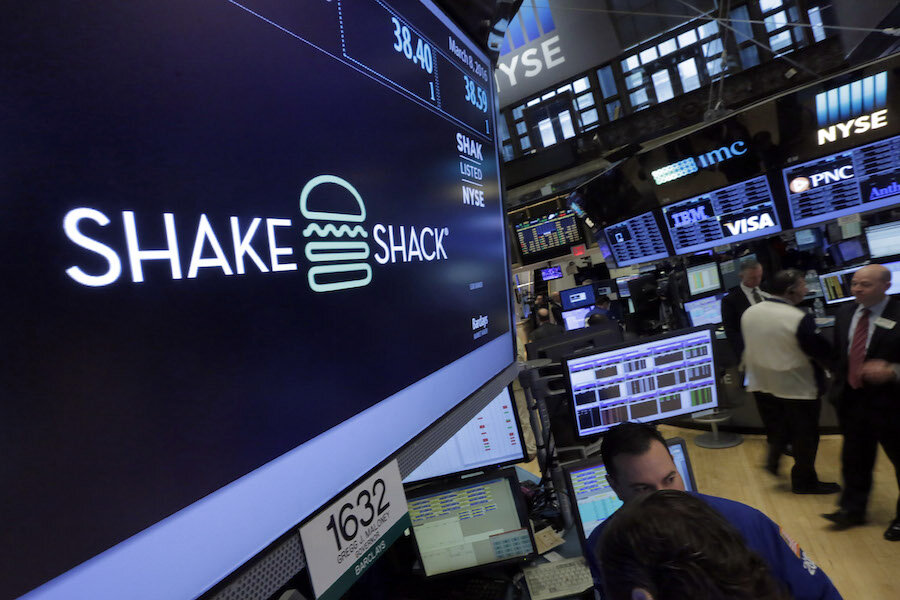How tech can give the restaurant industry a boost
Loading...
MarketForce Information has released its annual study of casual-dining brands, based on input from more than 9,216 consumers. There’s a lot of interesting data—including the naming of Cheddar’s Scratch Kitchen as these consumers’ favorite—and while none of it relates directly to burger-menu restaurants, which weren’t included, there is some information that might be useful to BurgerBusiness.com readers.
I generally undercover technology issues, so I’ll draw attention to findings in that area. MarketForce’s study finds 41% of consumers polled say they have downloaded a restaurant mobile app for their smartphone or tablet. The gender difference is minimal: 42% of women have downloaded an app, compared with 41% of men. App usage is fairly consistent (43% to 47%) for consumers ages 18 to 54.
Whataburger and Shake Shack (mobile ordering in limited markets) are among the burger brands that have launched mobile apps in the past month. And McDonald’s latest app, the McRib Finder, helps consumers find stores where McRib is offered.
What do consumers do with restaurant apps? View menus (69%), read reviews (47%) and find locations (46%) are the top ways. Yelp is the top reviewer, downloaded by 54% of consumers polled. Trip Advisor (35%) and OpenTable follow.
The study finds 37% say they have used a tablet at a casual-dining restaurant. Reviews are mixed. Just 26% agree or strongly agree (top box on a 1-5 scale) that tablets “help ensure correct orders are received.” Fewer—20% top box—say the tablets “make the overall dining experience more enjoyable.” That’s not even one out of five.
And here’s where I jump to another part of the study, because it’s possible to overthink restaurant operations; possible to overly rely on technology simply because the technology exists. Casual dining has been slumping for years. Where customers give the category poor marks are areas of simple execution and of responsiveness to customer needs. Only 16% of respondents gave casual-dining chans agree/strongly agree scores for “Was more of an experience that just a meal transaction.”
Just 28% gave top box agreement that service was fast; the same percentage agreed/strongly agreed that the meal was good value for the money. Only 22% were satisfied with the number of healthy-food choices.
As you know far better than I, it’s the operational basics that elevate meals and improve satisfaction.
This article first appeared in BurgerBusiness.








